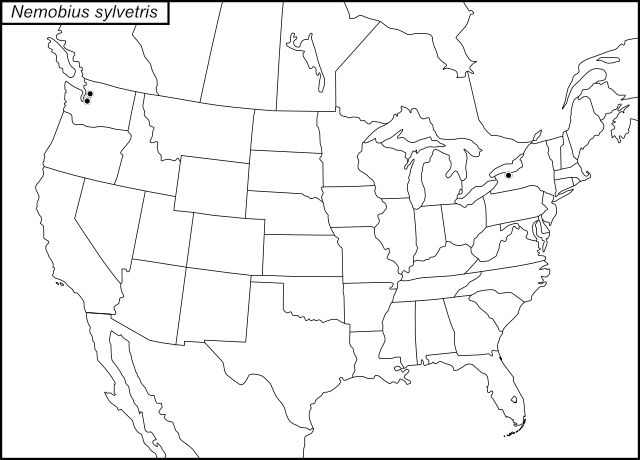



As documented in the alien species portion of SINA, N. sylvestris is the only species in North America that was first discovered at localities so distant from one another that it seems uncertain whether the two established populations are the result of a single trans-Atlantic shipment or from two such shipments, possibly from source populations as distinct as southern England, continental Europe, and northern Africa. These source populations have been established for lengthy periods (at least for thousands of years) and therefore should have developed genetic differences that could be easily detected. However, an inspection of the systematic literature has revealed no such studies. As well, it seems likely that, in some of its range, their calling songs have drifted apart. Differentiating the three main Old World populations ought to make it possible to deduce the origin(s) of the New World populations. Unfortunately, thus far, no calling song samples are available from any introduced U.S. population. In fact, the editor of SINA knows of only three recordings of the calling song of Nemobius sylvestris: two are from German populations. The third recording is from an English population south of London. Specifically, it is on a vinyl disk that was an adjunct to Ragge’s 1965 book.
Thus a reasonable first step in determining the origin(s) of the U.S. populations would be to compare the three songs, and, because the English populations are the only ones that have been studied in the field and should be easily accessible for additional field studies, they should be studied more carefully in respect to their “calling songs.” This is put in quotes because, by reading p. 136 of Ragge 1965 through top of p. 138, you will find that the “calling song” of the English N. silvestris may not call females from a distance at all!